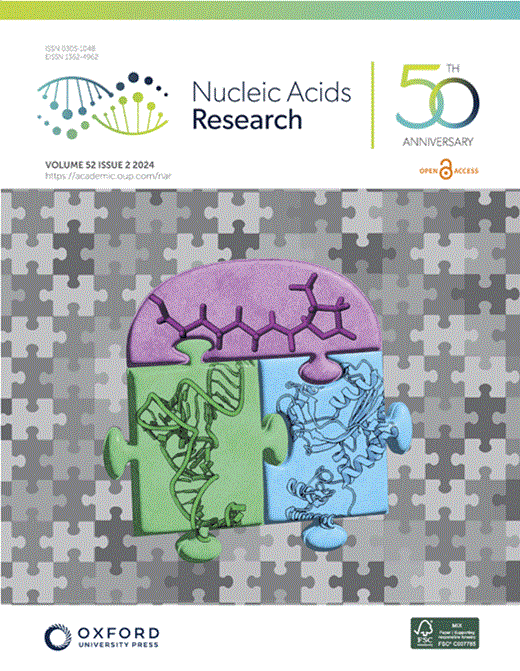Analysis of RNA translation with a deep learning architecture provides new insight into translation control
IF 16.6
2区 生物学
Q1 BIOCHEMISTRY & MOLECULAR BIOLOGY
引用次数: 0
Abstract
Accurate annotation of coding regions in RNAs is essential for understanding gene translation. We developed a deep neural network to directly predict and analyze translation initiation and termination sites from RNA sequences. Trained with human transcripts, our model learned hidden rules of translation control and achieved a near perfect prediction of canonical translation sites across entire human transcriptome. Surprisingly, this model revealed a new role of codon usage in regulating translation termination, which was experimentally validated. We also identified thousands of new open reading frames in mRNAs or lncRNAs, some of which were confirmed experimentally. The model trained with human mRNAs achieved high prediction accuracy of canonical translation sites in all eukaryotes and good prediction in polycistronic transcripts from prokaryotes or RNA viruses, suggesting a high degree of conservation in translation control. Collectively, we present TranslationAI (https://www.biosino.org/TranslationAI/), a general and efficient deep learning model for RNA translation that generates new insights into the complexity of translation regulation.准确标注 RNA 中的编码区对于理解基因翻译至关重要。我们开发了一种深度神经网络,可直接预测和分析 RNA 序列中的翻译起始和终止位点。通过使用人类转录本进行训练,我们的模型学会了翻译控制的隐藏规则,并在整个人类转录本组中实现了近乎完美的典型翻译位点预测。令人惊奇的是,该模型揭示了密码子用法在调节翻译终止中的新作用,并得到了实验验证。我们还在 mRNA 或 lncRNA 中发现了数千个新的开放阅读框架,其中一些已得到实验证实。用人类 mRNA 训练的模型对所有真核生物的经典翻译位点都有很高的预测准确率,对原核生物或 RNA 病毒的多聚转录本也有很好的预测,这表明翻译控制有高度的保守性。总之,我们提出了 TranslationAI (https://www.biosino.org/TranslationAI/),这是一种通用、高效的 RNA 翻译深度学习模型,它能让我们对翻译调控的复杂性有新的认识。
本文章由计算机程序翻译,如有差异,请以英文原文为准。
求助全文
约1分钟内获得全文
求助全文
来源期刊

Nucleic Acids Research
生物-生化与分子生物学
CiteScore
27.10
自引率
4.70%
发文量
1057
审稿时长
2 months
期刊介绍:
Nucleic Acids Research (NAR) is a scientific journal that publishes research on various aspects of nucleic acids and proteins involved in nucleic acid metabolism and interactions. It covers areas such as chemistry and synthetic biology, computational biology, gene regulation, chromatin and epigenetics, genome integrity, repair and replication, genomics, molecular biology, nucleic acid enzymes, RNA, and structural biology. The journal also includes a Survey and Summary section for brief reviews. Additionally, each year, the first issue is dedicated to biological databases, and an issue in July focuses on web-based software resources for the biological community. Nucleic Acids Research is indexed by several services including Abstracts on Hygiene and Communicable Diseases, Animal Breeding Abstracts, Agricultural Engineering Abstracts, Agbiotech News and Information, BIOSIS Previews, CAB Abstracts, and EMBASE.
 求助内容:
求助内容: 应助结果提醒方式:
应助结果提醒方式:


